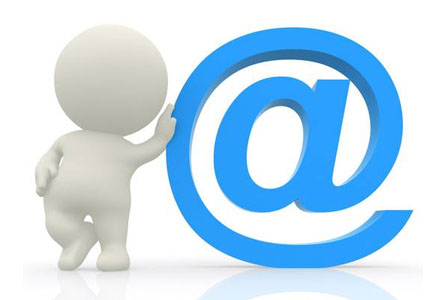
Email Marketing Best Practices
There is a lot of information available on the internet for internet marketers, and sometimes it can be difficult to sieve through what is relevant and what is not. However, if you are keen to establish your reputation as an internet marketer, the use of email marketing best practices can be effectively done in order to ensure the greatest outcome from your clients. If you own an online marketing business, these email marketing best practices will also assist you create a better platform of communication between you and your potential clients.
Email marketing best practices
There are several key email marketing best practices that are available, and you will need to be able to modify these to suit your specific requirements. Amongst the email marketing best practices available when preparing email blasts for marketing purposes are:
- Select the content for Names and Subject headings carefully. Most people only read emails from individuals they know. If they don’t know the individual, reference is made to the Subject heading in order to decide on whether to read the email. Ideally, for the sake of email marketing best practices, the Name of the sending party should be familiar or at the very least, use the name of your organization. The Subject heading should also be titled in such a way as to be of interest to the potential recipient of the email. Also remember to keep the Subject headings short and to the point.
- What type of email should you use? The choices are HTML, plain text or both. The best method is actually what is known as Multi-Part MIME which is a combination of HTML and text message within the same document. To use this, simply create your regular newsletter or announcement as a HTML message and then create a separate text version. This will allow the two major categories of email users (those who can and cannot receive HTML messages) to view the text.
- Timing is everything. While you cannot guarantee when someone will read your marketing email, you can try to stack the odds in your favor. When sending marketing emails to business recipients, email marketing best practices suggest sending emails between Tuesday and Thursday during working hours. Mondays are not encouraged, as people coming to work will be busy trying to catch up on what needs to be done. Emails sent on Fridays are usually ignored unless they are critical or work related. When emailing consumers, after-working hours are best, and the weekends are even better.
- Frequency of marketing emails is difficult to determine. Do it too often and you annoy the recipient. If you do it too infrequently, they will forget you after a while. The objective of email marketing best practices is to remain in the forefront of the potential customer’s mind. Statistically, it is suggested that marketing emails be sent a maximum of once a fortnight, and a minimum of once each month are best. You can also opt for your reader to decide on frequency when he signs up by allowing him to specify the frequency that he would like to receive your emails.
- Personalize the email by inserting mail-merge fields into your message.
Utilize them and stick with them!
These are a few of email marketing best practices that can be used to boost your strategies. However, as with most things in life, you need to stick with them in your email marketing campaigns because some of these require time to perform their effects.
